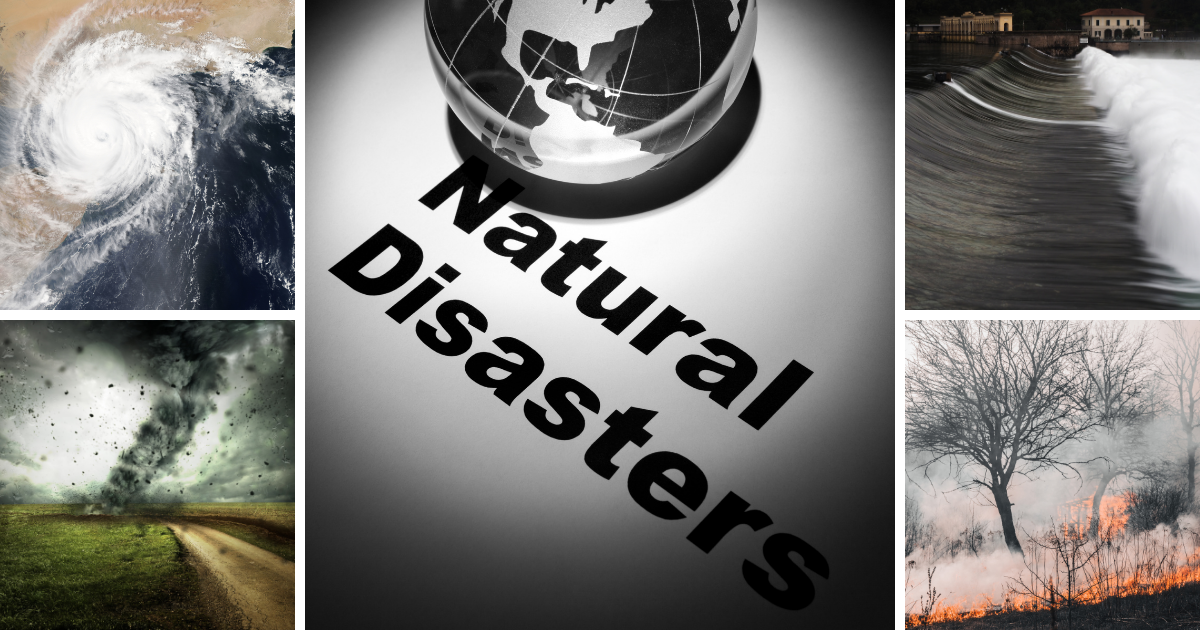3 Differences Between Emergency Preparedness and Business Continuity

Emergency preparedness, business continuity, crisis response, emergency management: These and other related terms are often discussed as if they are synonyms that all refer to the process of responding to and mitigating a crisis event. In reality, they are very different business functions. It’s particularly important for organizations to understand the difference between emergency preparedness and business continuity in order to ensure that they are correctly accounting for each.Businesses that have both emergency preparedness and business continuity departments are already a step ahead, since these are distinct functions that can both make or break the success of a company.
However, at many organizations, the two groups don’t fully understand what the other does—and sometimes employees feel that the other department is “stepping on their toes.” So, what distinguishes emergency preparedness and business continuity?
Let’s take a look at their key differences:
1. The main goal.
Although the two fields have plenty of overlapping interests, their main goals are actually quite different. Emergency management seeks to safeguard people from harm, while business continuity is focused on the continuity of key business operations. Sure, effectively managing an emergency will impact business continuity efforts, but the two are not identical.
Emergency management most often manifests as the procedures and actions that are taken immediately after a crisis occurs. The business continuity team, on the other hand, takes steps to maintain or restore the organization to its pre-crisis state.
2. The key tasks.
In the ideal corporate set-up, emergency management and business continuity personnel would be completely separate entities with their own teams. (Although in practice, these roles often get lumped together based on the misguided notion that they are one in the same.)
In reality, emergency preparedness and business continuity involve very distinct tasks:
- Emergency preparedness often involves directing people and resources away from danger, holding emergency drills and training sessions, evacuating facilities and working with first responders to ensure all stakeholders make it through a crisis safe and sound.
- Business continuity tasks include protecting the business’ reputation online, establishing and maintaining redundant systems and support teams, restoring IT systems and ensuring employees are able to return to their daily work tasks following an emergency.
3. Preparation and planning.
Of course, since emergency preparedness and business continuity have different goals and job roles, the way each department prepares for a crisis will be unique.
Emergency preparedness staff must assess all the possible crises that could hit their organization, such as severe weather, flooding, gun violence and, in some cases, even terrorism. The team will hold regular drills or exercises to ensure that the entire business is aware of these threats and knows what to do in case of an emergency. They should also establish a way to effectively distribute their emergency response plans, contact lists and other key documents to employees and other stakeholders.
Meanwhile, the business continuity team develops plans to avoid potential business-disrupting problems. Typically, business continuity plans aren’t distributed to the entire company, but rather to key stakeholders who would be involved in business continuity efforts. This might include the executive team, the IT department, PR and communications, and other related groups.
Of course, despite the differences between emergency management and business continuity, in the end these two distinct departments are both working toward the same objective: to help ensure the success of the business. Their specific, day-to-day focus may be very different, but by cooperating together, the two teams will be much better positioned to succeed.
How are emergency management and business continuity handled in your organization? Are they viewed as two distinct fields, or are they sometimes lumped together into one?










